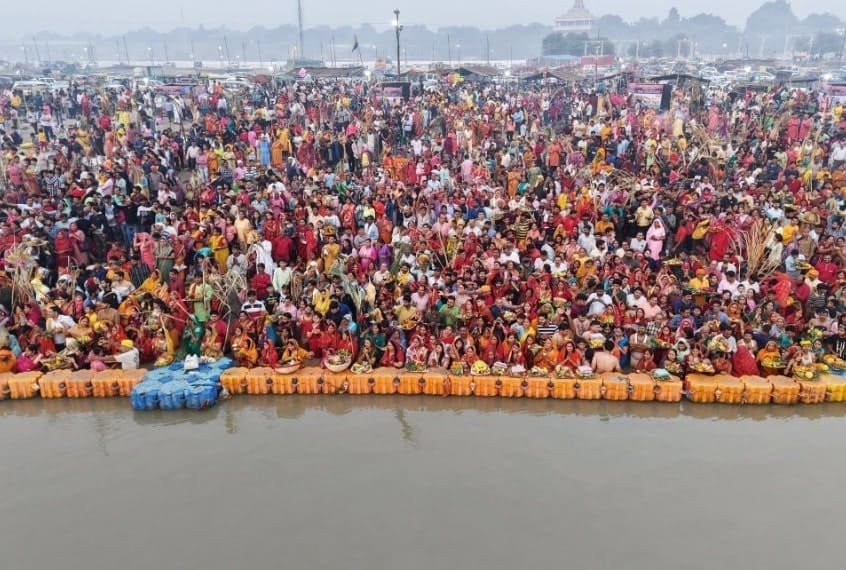
Bhopal, June 27 (IANS) Madhya Pradesh continues to grapple with alarming maternal and newborn mortality rates, placing it among the most challenged states in India in terms of public health outcomes.
According to the latest Sample Registration System (SRS) report released by the Registrar General of India for Madhya Pradesh, there were 159 maternal deaths per one lakh live births and 40 infant deaths per 1,000 live births.
The SRS report presents the estimates of Birth Rate, Death Rate, Natural Growth Rate and Infant Mortality Rate for the year 2022 for India and its States/Union Territories.
The ‘Bigger States/Union Territories’ in the Bulletin are those with a population of more than 10 million, as per the Census 2011.
In 2022, the Birth Rate for India has been estimated at 19.1, whereas the Death Rate has been estimated at 6.8 and the estimate of Infant Mortality Rate for the year 2022 is 26 infant deaths per thousand live births.
These figures are not just statistical markers but represent the profound grief of families who lose mothers and the newborn due to inadequate healthcare access, delayed treatment, and insufficient delivery infrastructure in Madhya Pradesh.
Madhya Pradesh Deputy Chief Minister Rajendra Shukla, addressing a recent event in Bhopal, acknowledged the marginal improvements in these indicators but emphasised that the state still has a long way to go.
The leader urged health officials and medical professionals to intensify efforts and treat the issue with utmost seriousness.
The national Infant Mortality Rate stands at 26, while the BJP-ruled Madhya Pradesh lags behind with a rate of 40, reflecting a 60 per cent higher burden than the national average.
In 2013, India’s Infant Mortality Rate was 40, which has since declined by 35 per cent. In contrast, Madhya Pradesh’s Infant Mortality Rate dropped from 53 to 40 over the same period, indicating slower progress.
The disparity is further evident in gender and regional breakdowns.
In rural areas, the Infant Mortality Rate is 43, while in urban regions it is 28. Female infants in rural Madhya Pradesh face a mortality rate of 44 compared to 42 for males, highlighting a subtle but persistent gender gap.
The maternal health scenario is equally concerning in Madhya Pradesh.
A significant proportion of maternal deaths — nearly 60 per cent—occur in government medical colleges, all located in urban areas, and another 20 per cent in district hospitals.
This trend suggests that even in better-equipped urban centres, systemic inefficiencies and poor fund utilisation are undermining maternal care in the state.
Madhya Pradesh’s slow pace in reducing neonatal and under-five mortality further underscores the need for targeted interventions, improved institutional delivery systems, and stronger community health outreach.
–IANS
sktr/rad






